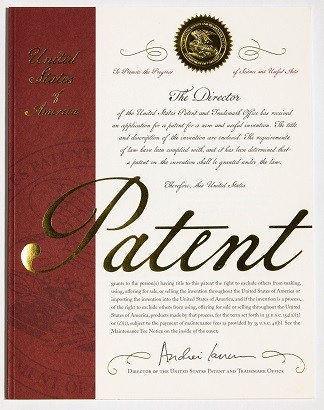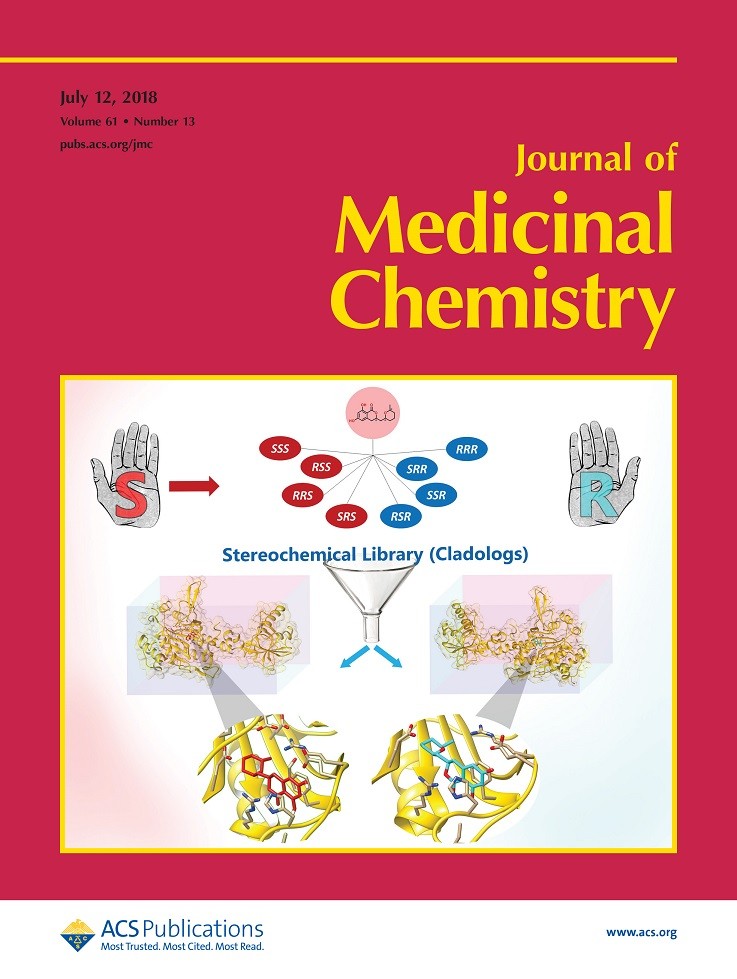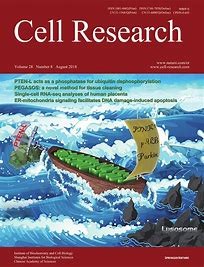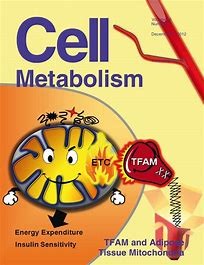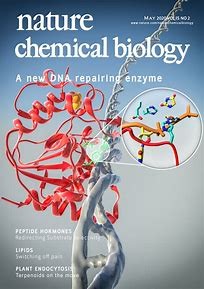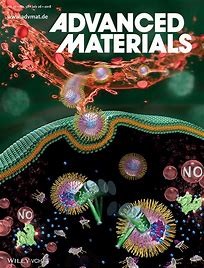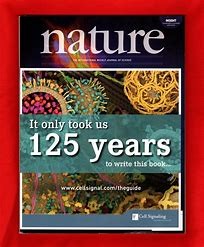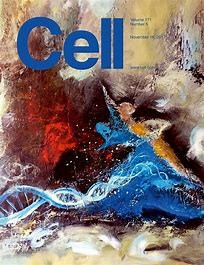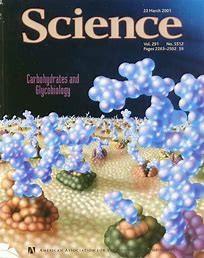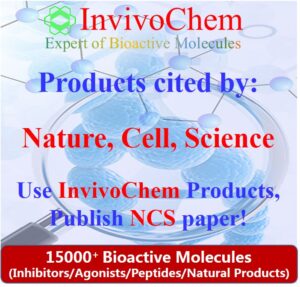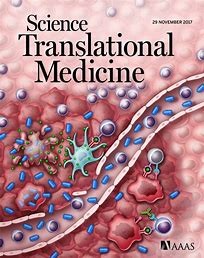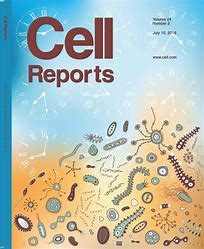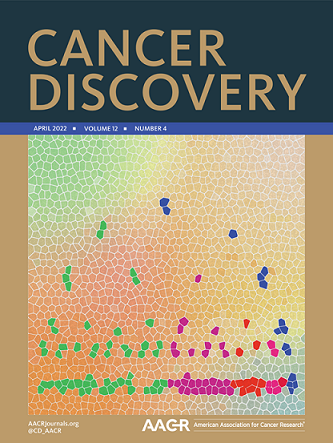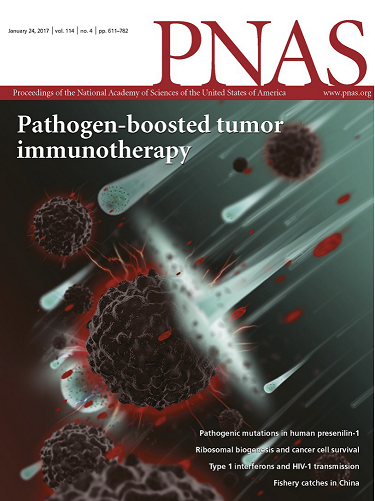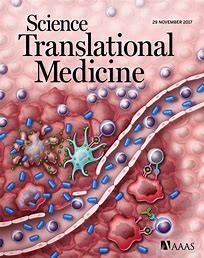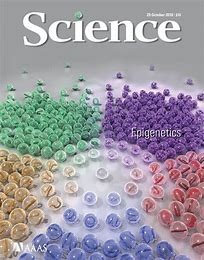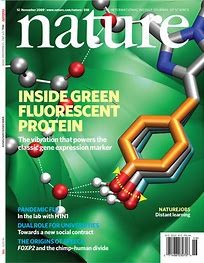Crisaborole
This product is for research use only, not for human use. We do not sell to patients.

For small sizes, please check our retail website as below: www.invivochem.com
| Size | Price | Stock |
|---|---|---|
| 500mg | $290 | Check With Us |
| 1g | $470 | Check With Us |
| 5g | $705 | Check With Us |
Cat #: V3148 CAS #: 906673-24-3 Purity ≥ 98%
Description: Crisaborole (formerly known as AN-2728; PF-06930164; AN2728; PF06930164; trade name: Eucrisa) is a potent and selective PDE4 (phosphodiesterase 4) inhibitor with a broad-spectrum of anti-inflammatory activity.
Top Publications Citing Invivochem Products
Publications Citing InvivoChem Products
Product Promise
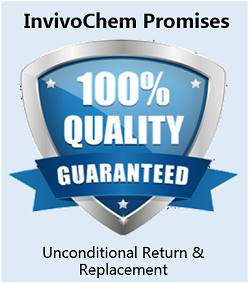
- Physicochemical and Storage Information
- Protocol
- Related Biological Data
- Stock Solution Preparation
- Quality Control Documentation
| Molecular Weight (MW) | 251.05 |
|---|---|
| Molecular Formula | C14H10BNO3 |
| CAS No. | 906673-24-3 |
| Storage | -20℃ for 3 years in powder formr |
| -80℃ for 2 years in solvent | |
| Solubility In Vitro | DMSO: ~50 mg/mL (199.2 mM)r |
| Water: N/Ar | |
| Ethanol: N/A | |
| SMILES Code | N#CC1=CC=C(OC2=CC=C3C(B(O)OC3)=C2)C=C1 |
| Synonyms | AN-2728; PF06930164; AN 2728; PF-06930164; AN2728; PF 06930164; trade name: Eucrisa |
| Protocol | In Vitro | Crisaborole (AN-2728) inhibits PDE4, TNF-α, IL-2, IFN-γ, IL-5 and IL-10 with IC50 values of 0.49, 0.54, 0.61, 0.83, 2.4 and 5.3 μM. Crisaborole (AN-2728) shows the most potent activity against PDE4 catalytic domain, but it also shows inhibition against PDE1A3, PDE3Cat, and PDE7A1. Crisaborole (AN-2728) inhibits PDE isozymes PDE1A3, PDE3Cat , PDE4Cat and PDE7A1 with IC50 values of 6.1, 6.4, 0.11 and 0.73 μM. |
|---|---|---|
| In Vivo | Crisaborole (AN-2728) shows significant inhibition against the ear edema caused by phorbol ester after dosing at 1 mg/ear×2 (78% and 68%, respectively). The efficacy is comparable to that of dexamethasone, suggesting that Crisaborole (AN-2728) has good anti-inflammatory activity as well as skin penetration. |
These protocols are for reference only. InvivoChem does not
independently validate these methods.
| Solvent volume to be added | Mass (the weight of a compound) | |||
|---|---|---|---|---|
| Mother liquor concentration | 1mg | 5mg | 10mg | 20mg |
| 1mM | 3.9833 mL | 19.9164 mL | 39.8327 mL | 79.6654 mL |
| 5mM | 0.7967 mL | 3.9833 mL | 7.9665 mL | 15.9331 mL |
| 10mM | 0.3983 mL | 1.9916 mL | 3.9833 mL | 7.9665 mL |
| 20mM | 0.1992 mL | 0.9958 mL | 1.9916 mL | 3.9833 mL |
The molarity calculator equation
Mass(g) = Concentration(mol/L) × Volume(L) × Molecular Weight(g/mol)
Mass
=
Concentration
×
Volume
×
Molecular Weight*
The dilution calculator equation
Concentration(start)
×
Volume(start)
=
Concentration(final)
×
Volume(final)
This equation is commonly abbreviated as: C1 V1 = C2 V2
Concentration(start)
C1
×
Volume(start)
V1
=
Concentration(final)
C2
×
Volume(final)
V2
Step One: Enter information below
Dosage mg/kg
Average weight of animals g
Dosing volume per animal µL
Number of animals
Step Two: Enter the in vivo formulation
%DMSO
+
%
+
%Tween 80
+
%ddH2O
Calculation Results:
Working concentration:
mg/ml;
Method for preparing DMSO master liquid:
mg
drug pre-dissolved in
µL
DMSO(Master liquid concentration
mg/mL)
,Please contact us first if the concentration exceeds the DMSO solubility of the batch of drug.
Method for preparing in vivo formulation:
Take
µL
DMSO master liquid, next add
µL
PEG300, mix and clarify, next add
µL
Tween 80,mix and clarify, next add
µL
ddH2O,mix and clarify.
Note:
- (1) Please be sure that the solution is clear before the addition of next solvent. Dissolution methods like vortex, ultrasound or warming and heat may be used to aid dissolving.
- (2) Be sure to add the solvent(s) in order.
